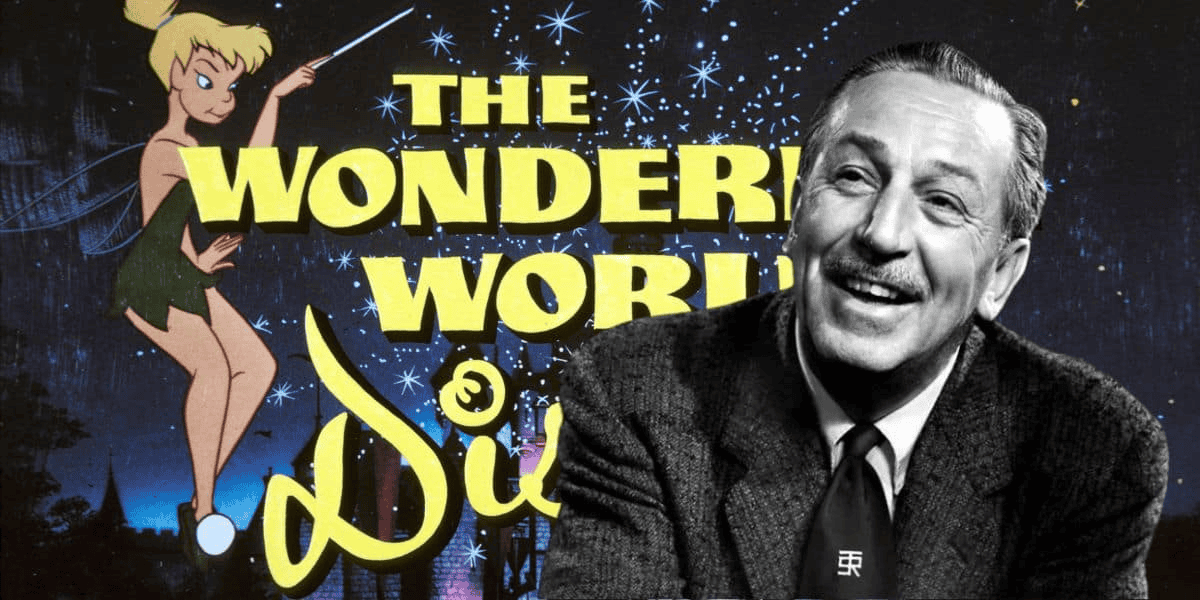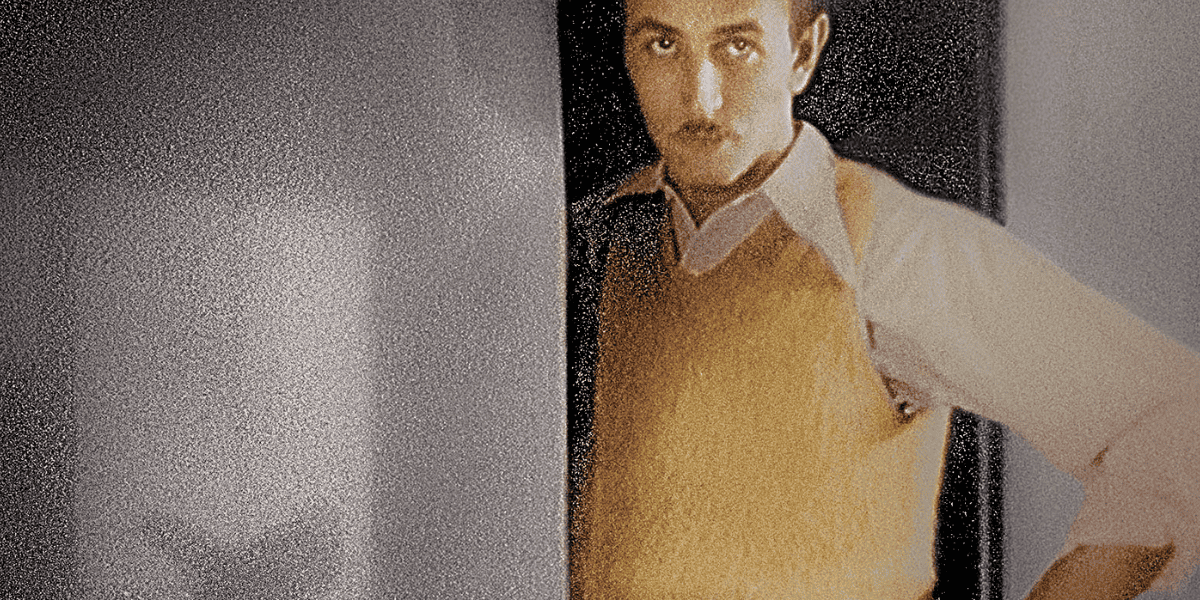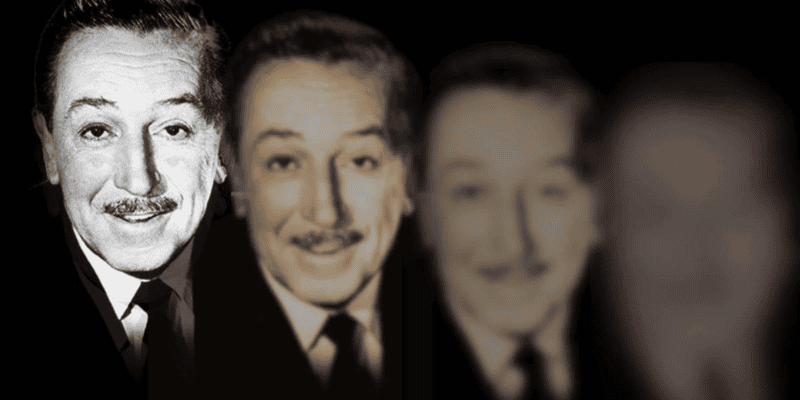He was a visionary, a genius, a trendsetter. He was a creator. He was a dreamer.
If Walt Disney’s vision included something for which the technology and tools simply didn’t yet exist, he’d simply gather up his Imagineers, and the team would work to create that technology and those tools. And that’s just one of the ways in which Walt Disney was an eternal optimist.

He was driven, and he was kind. In fact, the whole premise for the development of Disneyland was rooted in his experiences with his daughters Sharon and Diane when they were very young. Walt’s focus was the family and children. And in many ways, perhaps, Walt Disney strived to create a childhood for others that he didn’t have the good fortune of enjoying for himself.
But for all of Walt’s kindness and creativity, there were things that he could not and would not tolerate.

Over the years, Walt’s strong stance on those things won him the admiration and appreciation of some–and the critique and harshness of others. There weren’t too many things Walt didn’t like, but he was firm on the things he couldn’t and wouldn’t accept.
Mediocrity and Lack of Creativity
Walt Disney despised mediocrity in all its forms.
He was an intentional person–one who was sometimes described as a perfectionist. Walt believed that any product bearing his name had to meet the highest standards of quality and creativity.

Such a distaste for mediocrity in himself and in those around him drove him to push his team at the Walt Disney Studios to continually innovate and strive for excellence.
Whether it was a new animated feature, a theme park attraction, or a television show, Disney insisted on creativity and originality. (It’s just another reason this writer is positive he would be disgusted by the never-ending number of sequels and remakes that seem to flow from the studios in recent years.)
His quest for perfection often led to groundbreaking advancements in animation and entertainment. So why would he do things any differently?
Resistance to Change
Disney was a forward-thinker who embraced change and innovation.
He had little patience for those who resisted progress or clung to outdated methods. This mentality was evident in his approach to technology and storytelling.

He was one of the first to see the potential of synchronized sound in animation, leading to the creation of the first synchronized sound cartoon, Steamboat Willie. His willingness to embrace new ideas and technologies set Disney apart as a pioneer in the entertainment industry.
Bureaucracy and Red Tape
Walt Disney was known for his disdain for bureaucracy and red tape.
He valued efficiency and creative freedom, and he often found the slow-moving nature of bureaucratic processes frustrating. It’s one of the reasons he decided to create his own company, where he could have more control and minimize bureaucratic interference.

Walt’s aversion to red tape and lengthy processes was also reflected in the development of Disneyland. Disney was intimately involved in the planning and construction of the park, often bypassing traditional bureaucratic channels to get things done his way.
Copycats and Unoriginal Work
Plagiarism and imitation were two things Disney could not tolerate.
He had a strong sense of ownership over his creative works and was fiercely protective of his intellectual property. Instances of other companies copying Disney’s work or creating subpar imitations were met with legal action and public condemnation.

Disney believed that each creation should be unique and reflect the hard work and imagination that went into it rather than being a mere copy of someone else’s ideas. This is just another example of Disney’s love for the original ideas behind anything that comes to fruition.
Negativity and Cynicism
Walt Disney was an eternal optimist who believed in the power of dreams and imagination.
He disliked negativity and cynicism, which he felt could stifle creativity and innovation. His optimistic outlook was a driving force behind many of his successes and was integral to the ethos of the Disney brand.

This aversion to negativity extended to his personal life and professional environment, where he encouraged a positive, can-do attitude among his employees and collaborators.
Unkempt Appearances
Walt also had a strong dislike for unkempt appearances and untidy environments.

He believed that the way things looked greatly impacted the overall experience. This was evident in his insistence on maintaining the cleanliness and visual appeal of Disneyland, a standard that has become a hallmark of Disney parks worldwide. Disney’s attention to detail and insistence on cleanliness extended to his personal habits and the way he expected his employees to present themselves.
Walt Disney’s dislikes were rooted in his desire for excellence, innovation, and positivity.

His aversion to mediocrity, resistance to change, bureaucracy, unoriginal work, negativity, and unkempt appearances shaped the culture of The Walt Disney Company and contributed to its enduring success. Understanding these dislikes helps us appreciate the high standards and visionary thinking that Walt Disney brought to his work and the legacy he left behind.
